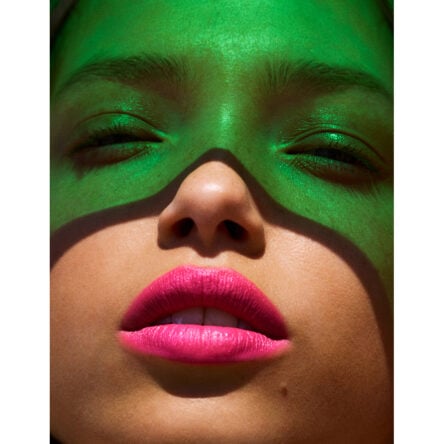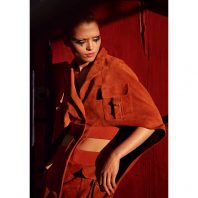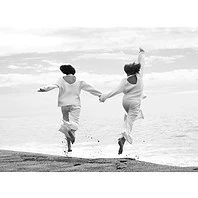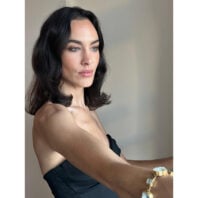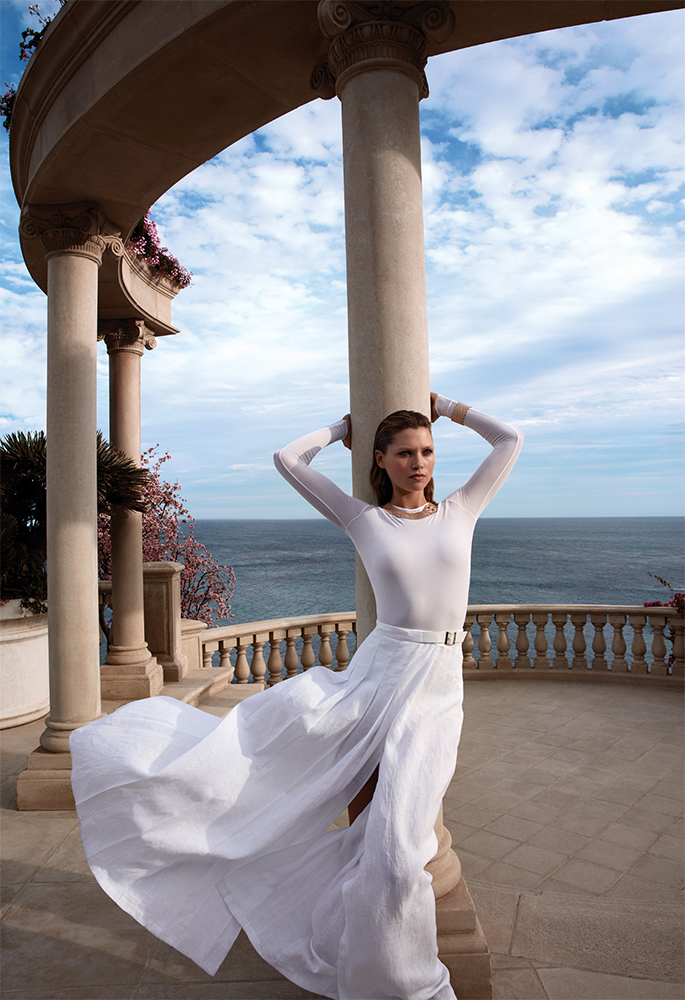
Whether you’re spending the summer on a remote beach or catching the odd sunny coffee break in your back garden, the chances are you’ve been trying to enjoy the sun this season. And with the sunshine comes the need for increased awareness around sun protection. The truth is, you should be working sun protection products into your skincare regime all year round because UVA rays can age your skin at any time of year, but it’s important that we’re extra careful in the summer months, especially because we’re outside more, with more skin on show. In case you don’t know your UVA from your UVB, or you’re wondering how often you should be reapplying, I thought I’d call on the expertise of Abi Cleeve, MD Ultrasun UK and creator SkinSense, to break things down.
Read my guide to my favourite SPF products here
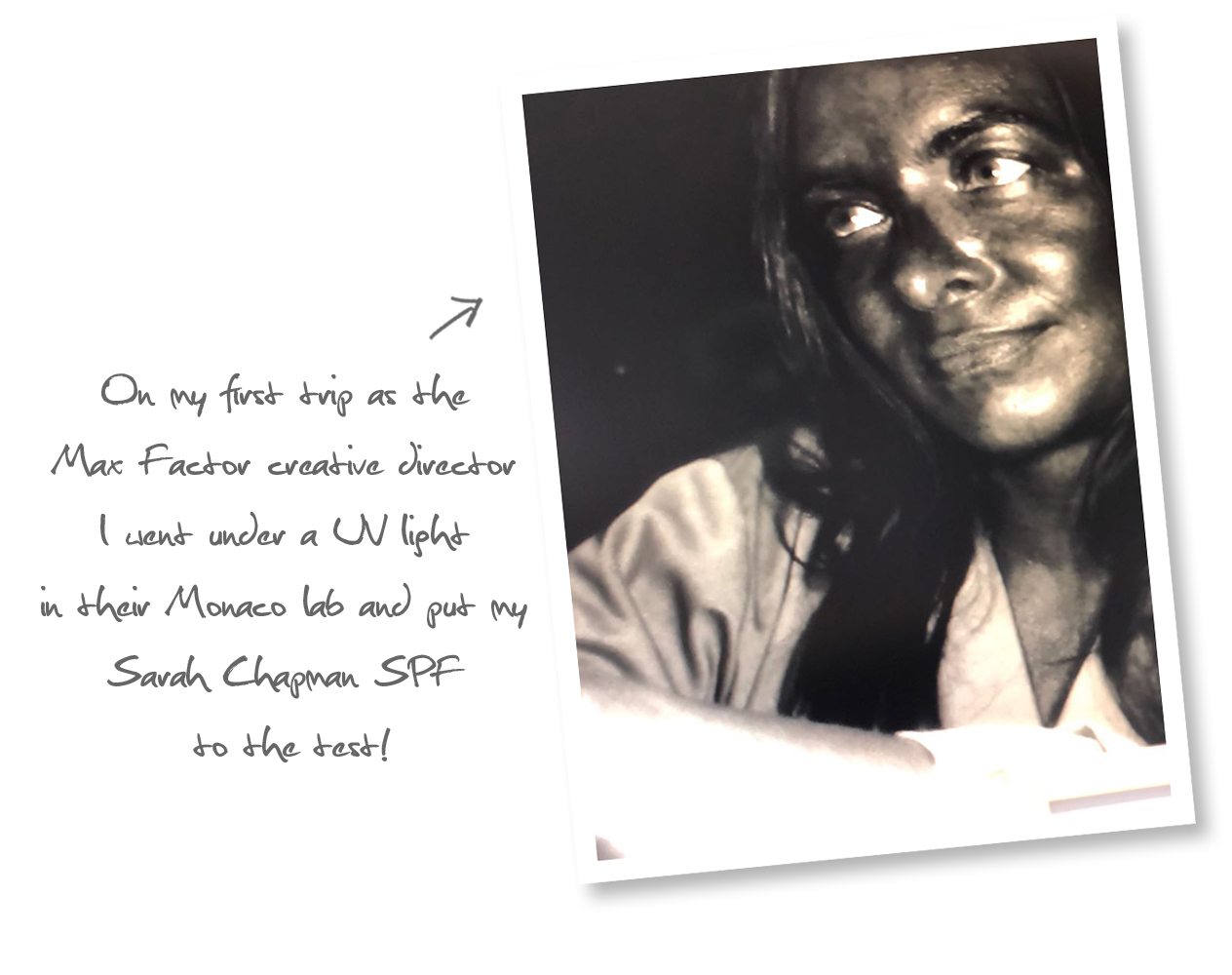
Get To Know Your SPF: Q&A with Abi Cleeve
What does SPF stand-for, and what do the numbers that follow it mean?
SPF stands for Sun Protection Factor and measures the protection from UVB rays – these are the rays that can cause sunburn if you overexpose your skin. A 30SPF will offer 30 times your skins natural defence to the sun whilst a 15SPF will only offer up to 15. A 30SPF will block nearly 97% of radiation whilst a 15SPF will only block 93%. These differences may seem small but over a lifetime it all adds up.
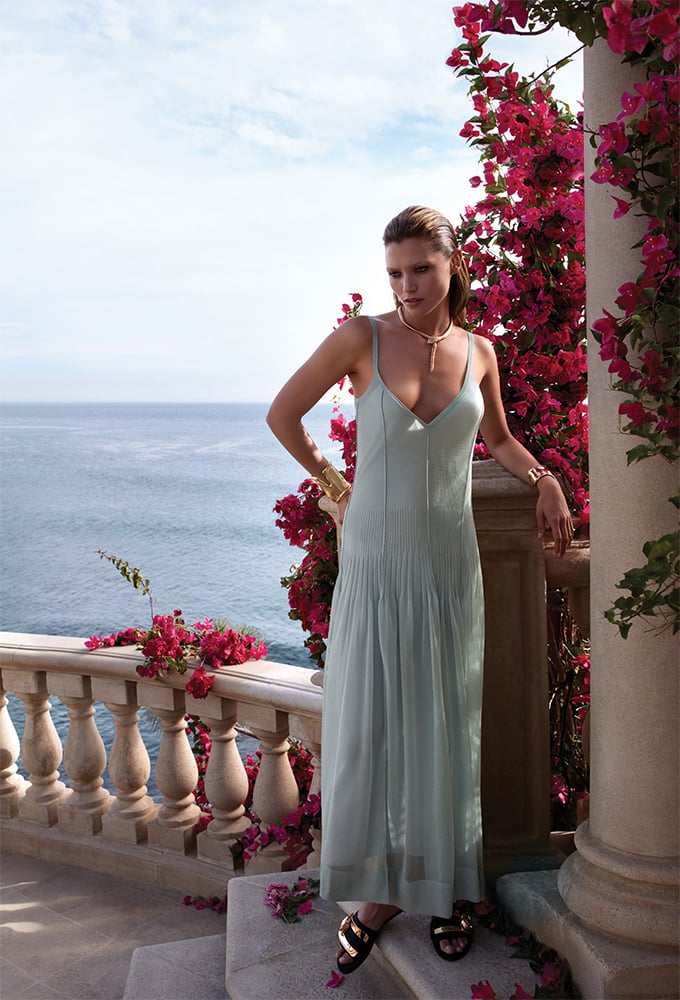
What are UV rays, and why are they dangerous to our skin?
UVA & UVB are different, and you need protection from both, all year round. An easy way to remember is UVA = Ageing and UVB = burning
UVA (ageing, DNA and cell changing): UVA rays are one of the biggest contributing factors to skin ageing. Present all year round, they can penetrate clouds and glass. UVA rays cause premature ageing by damaging the collagen and elastine structure with a cumulative effect and can also cause malignant melanoma.
UVB (burning): is the “sunburn” we see ourselves after over exposure. UVB rays do not penetrate as deep into the skin but sunburn can take 3 – 6 hours to take full effect so you don’t realise that you are sunburnt until it’s too late. UVB rays can directly damage the DNA in the skin cells and in this way overstress the skin’s own repair mechanism.
Do all SPF products protect you from both EVA & UVB Rays?
No, SPF measures UVB only! The single biggest factor in the ageing of skin is exposure to UVA rays. They penetrate and attack the skin, causing damage to collagen and elastin, which are the very building blocks of our skin’s structure. UVA penetrates far more deeply. Potency may be higher in warmer months but UVA is a year round issue, All Ultrasun products have a UVA filter of over 85%. UVA causes damage to the deepest skin layers even reaching the subcutaneous level.
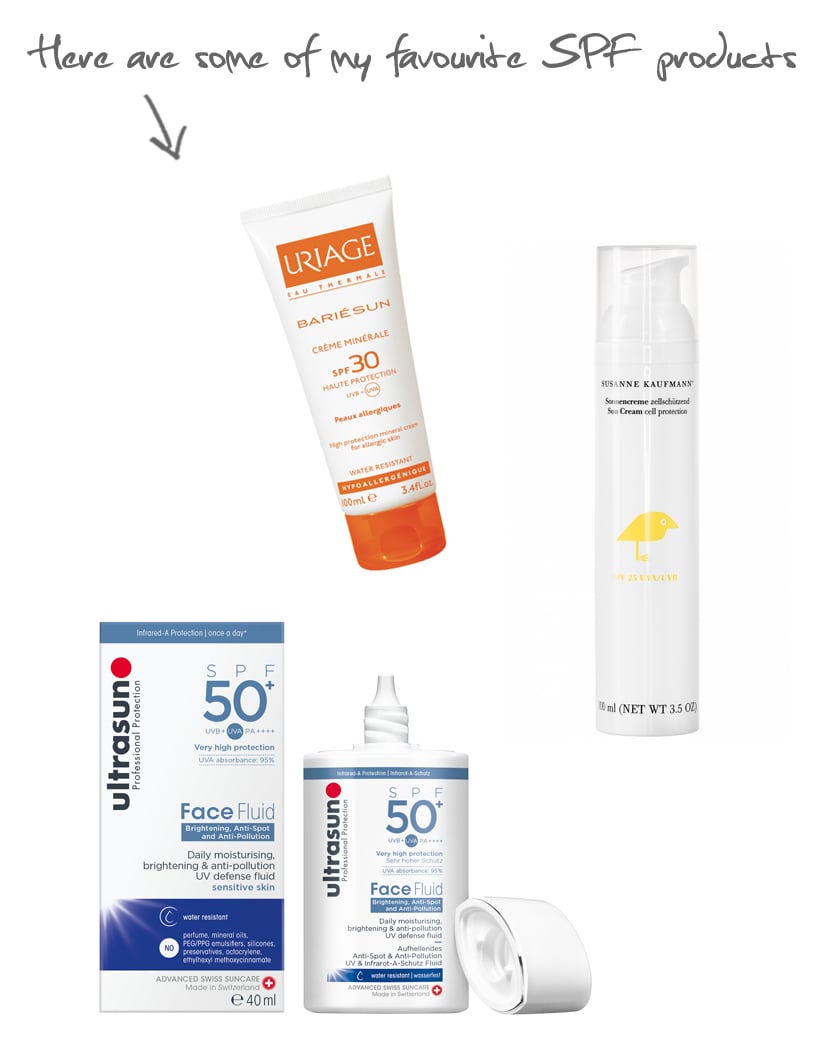
When should you apply sunscreen? And how is it best applied?
Picking the right SPF factor for your skin is crucial. For grown-ups with relatively good skin I would recommend in the UK and Northern Europe 20SPF stepping up to 30 in the peak season and kids 30 as a base level in the UK and 50 to 50+ when going somewhere hot. Don’t be fooled that a quick thin layer is enough and you are done. The recommended NICE guidelines are to use 6-8 teaspoons (35ml) per application. Make sure you apply indoors and before you get dressed for the day. We see a lot of sun damage around strap marks, around the legs of swimming costumes. Overlap that protection with clothing. Naked is best!
How often should you reapply sunscreen?
Read the instructions of the product you are using and apply enough! Remember any application in direct sunlight (i.e. when you’re already on the sun lounger) increases evaporation by up to 60% reducing protection.
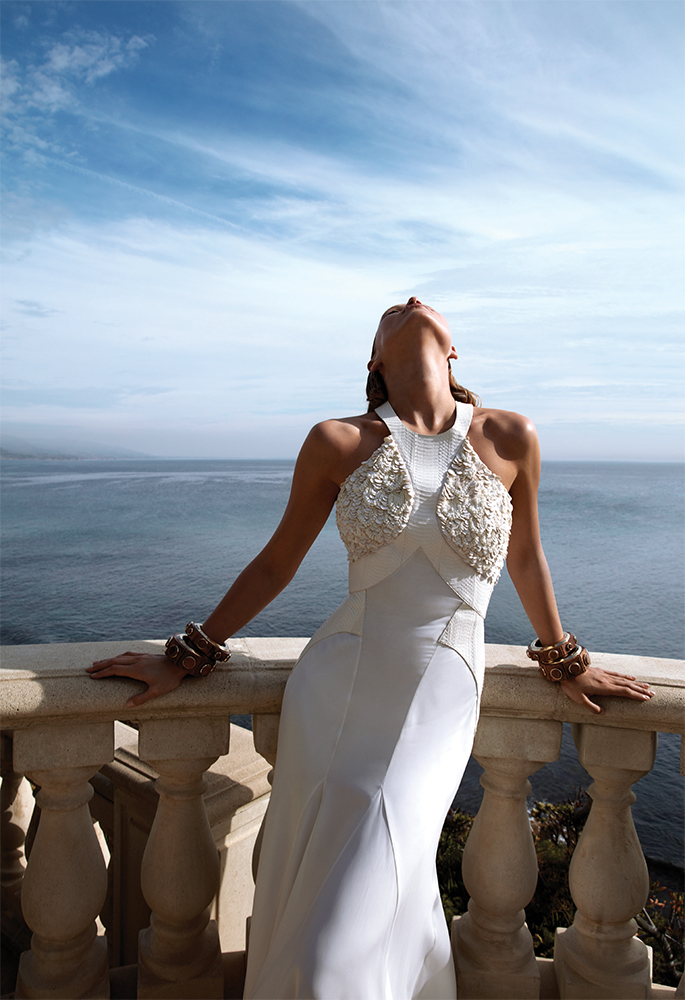
Is tanning always harmful?
Going red in the pursuit of brown “trauma tans” are harmful and don’t last. This is one of the biggest (and most dangerous) of sun protection mistakes, and it contributes to a vast amount of skin damage and skin cancer cases. The fact is that as soon as the skin reddens, it’s in trauma. Upping time in the sun and lowering the SPF will only ensure skin burns and sheds, leaving the skin tanless within in days. By protecting your skin properly from the sun, the tan you have achieved will last.
Anything else we should be aware of?
Don’t be fooled that you’re protected with just your skincare or make-up. A number of moisturisers and make up brands contain a sunscreen within them with a SPF of 15. Don’t just think in terms of SPF (UVB), UVA is actually just as vital. It is this damage that we see as ageing – increased wrinkles, pore size and slackened skin, alongside decreased elasticity, radiance and firmness. The UVA filter percentage is key here. Whether your make up contains an SPF or not, it is important that you choose a high-quality sun protection product that contains photo-stable UV filters (this means that the filter is not broken down by the energy of UV rays).
And check the sun protection product shelf life – they vary…a lot: An Asda survey in 2013 revealed that 57% of Brits are wearing out of date sunscreen. Check your product for shelf life, the average is just 6-12 months. But Ultrasun products for instance, have a shelf life of 2 years AFTER opening so can be used for more than one season. Read your labels carefully.
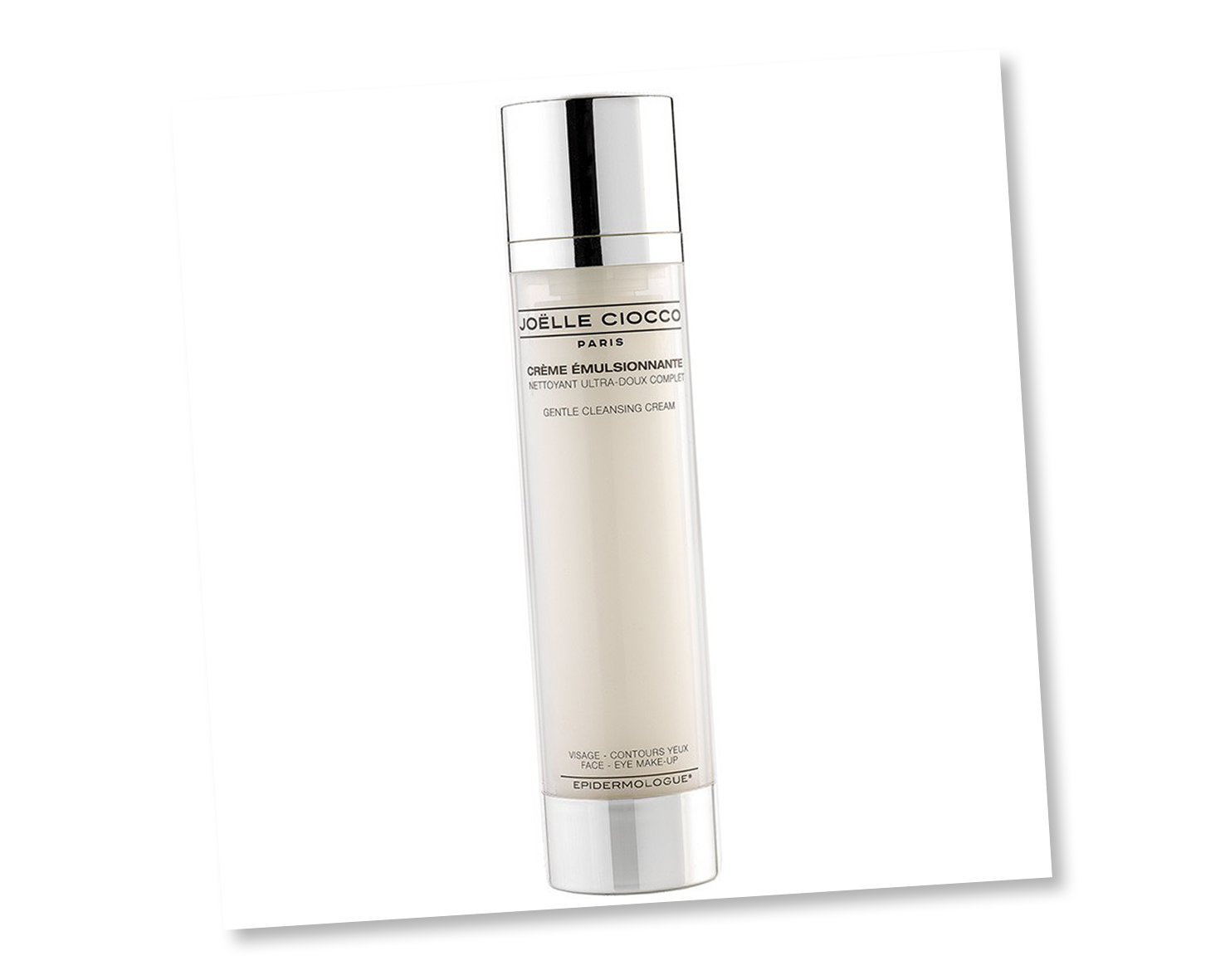
I just wanted to add one last thing on sun protection. I lot of people find that their suncare products can lead to spots, and that is why it is extra important to thoroughly cleanse your skin after wearing sun cream. I recommend the Joelle Ciocco Sunscreen Cleanser as it thoroughly removes all traces of makeup and sun protection to prevent your pores becoming clogged.
READ NEXT: Best Bronzers | Get Your Legs Summer Ready
© Wendy Rowe. All Rights Reserved.





